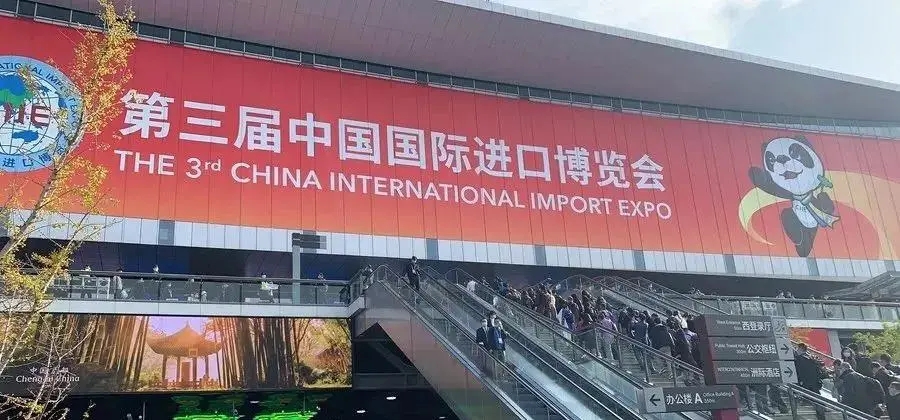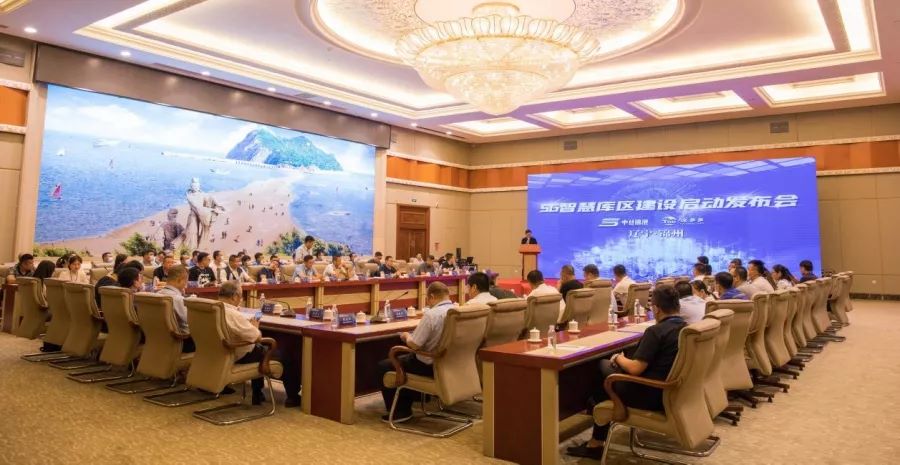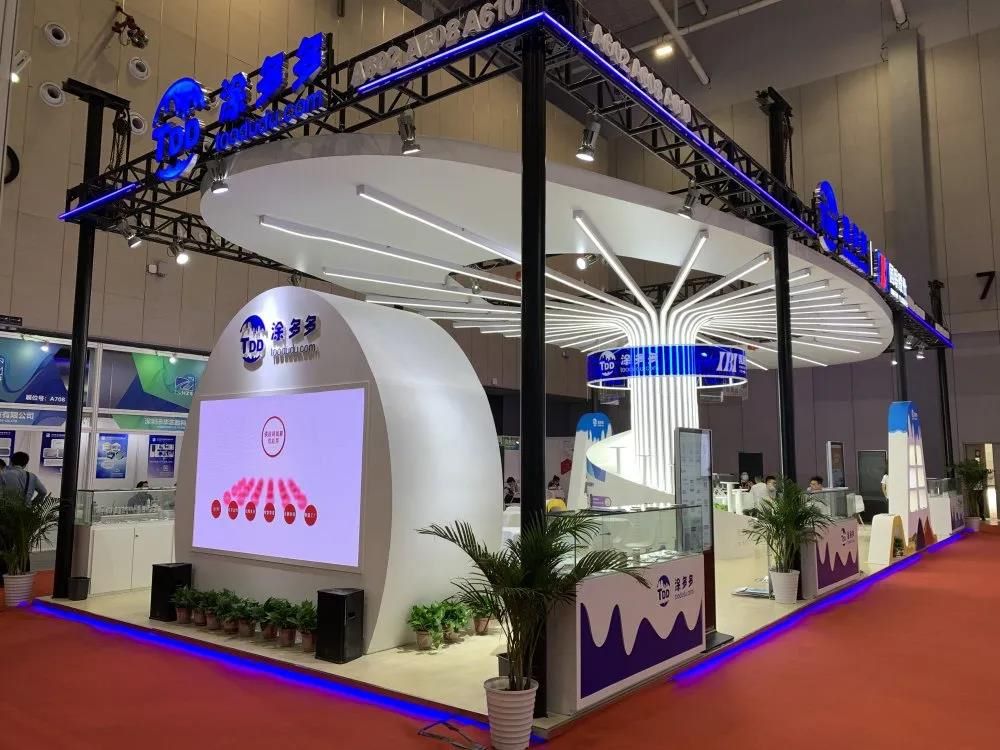The Wear-Resistance Race in Truck Tire Market
In the truck and bus tire market, "wear resistance" is turning into a crazy arms race. Manufacturers are printing slogans such as "300,000 kilometers starting" and "500,000 kilometers warranty" on product manuals, while dealers are holding billboards saying "No need to change tires before the truck is scrapped" to attract customers.
When the tire life is enough to cover the entire life cycle of the truck, this performance revolution that seems to benefit car owners is actually reshaping the survival rules of the entire industry chain.
For car owners, the increase in tire mileage is undoubtedly a good thing. How much cost can be saved if a tire can be used until the vehicle is scrapped? Indeed, emphasizing wear resistance has a significant effect on enhancing market voice. Truck drivers make a living by transporting, and reducing the cost of changing tires means increasing freight profits, and other factors are secondary.
This is why low prices have become the key to Chinese truck and bus tires defeating foreign brands. However, the frequent road safety accidents over the years have made truck drivers begin to reflect on the importance of safety. After all, compared with life, the value of money will eventually take a back seat.
Tire companies have also gradually realized that they must take into account other performances while pursuing wear resistance, and simply relying on low prices is no longer a winning strategy.
However, low prices are still an important factor, which raises a problem: there is no necessary connection between wear resistance and price reduction. Nowadays, any tire can claim to challenge ultra-long mileage, which makes many truck drivers disgusted with such propaganda and thinks it is just a marketing gimmick.
The longer the mileage of the tire, the lower the frequency of replacement. In the context of the current surge in tire production capacity, this will inevitably bring huge inventory pressure to companies. When the tire claims to have a mileage of 500,000 kilometers, and trucks usually travel 100,000 to 200,000 kilometers per year, a tire can basically be used for 3 to 5 years.
Trucks only change tires once every 3 to 5 years? Under normal circumstances, trucks will be scrapped after about 10 years of use, and there is no need to replace tires during this period. As tire quality continues to improve and mileage continues to increase, the tire replacement market is undergoing a huge change.
Tire companies have higher and higher production capacity, but the market is getting smaller and smaller; dealers find it difficult to achieve sales performance, and retail stores are becoming increasingly deserted.
According to the China Federation of Logistics and Purchasing, the average annual operating mileage of long-distance trucks is usually 180,000 to 250,000 kilometers.
This means that in theory, a tire with a claimed life of 600,000 kilometers is enough to meet the high-intensity transportation needs for three years. Today, manufacturers have increased the tire life to 300,000 kilometers by adding white carbon black, adopting a double-layer steel belt structure, and optimizing the tread rubber formula. But this technological leap has had a counterproductive effect.
The head of a tire factory production line revealed that the proportion of research and development investment in wear-resistant formulas in the production cost of all-steel radial tires has soared from 12% to 22%. What's more tricky is that in pursuit of extreme wear resistance, companies have to sacrifice key indicators such as anti-skid and rolling resistance. The deformed market has spawned a special demand for all-steel tires.
On the other hand, the market size of truck and bus tire replacement has shrunk year by year, while production capacity has expanded during the same period. This scissors gap is leading to a catastrophic inventory backlog. In a dealer's warehouse, tires produced in 2021 accounted for 37%, and some tires even had obvious oxidation cracks on the sidewalls.
According to industry rules, for every 10% increase in inventory, the channel capital turnover cycle will be extended by 15 days. When the wear-resistant competition reaches a critical point, the entire industry will eventually understand that tires are neither fast-moving consumer goods nor durable goods.
Finding a balance between user interests and corporate sustainable development may be more realistic than creating the next "million-kilometer myth." After all, when the life of the tire exceeds the vehicle itself, this technological carnival will eventually become only an ironic footnote in the history of industrial development.











